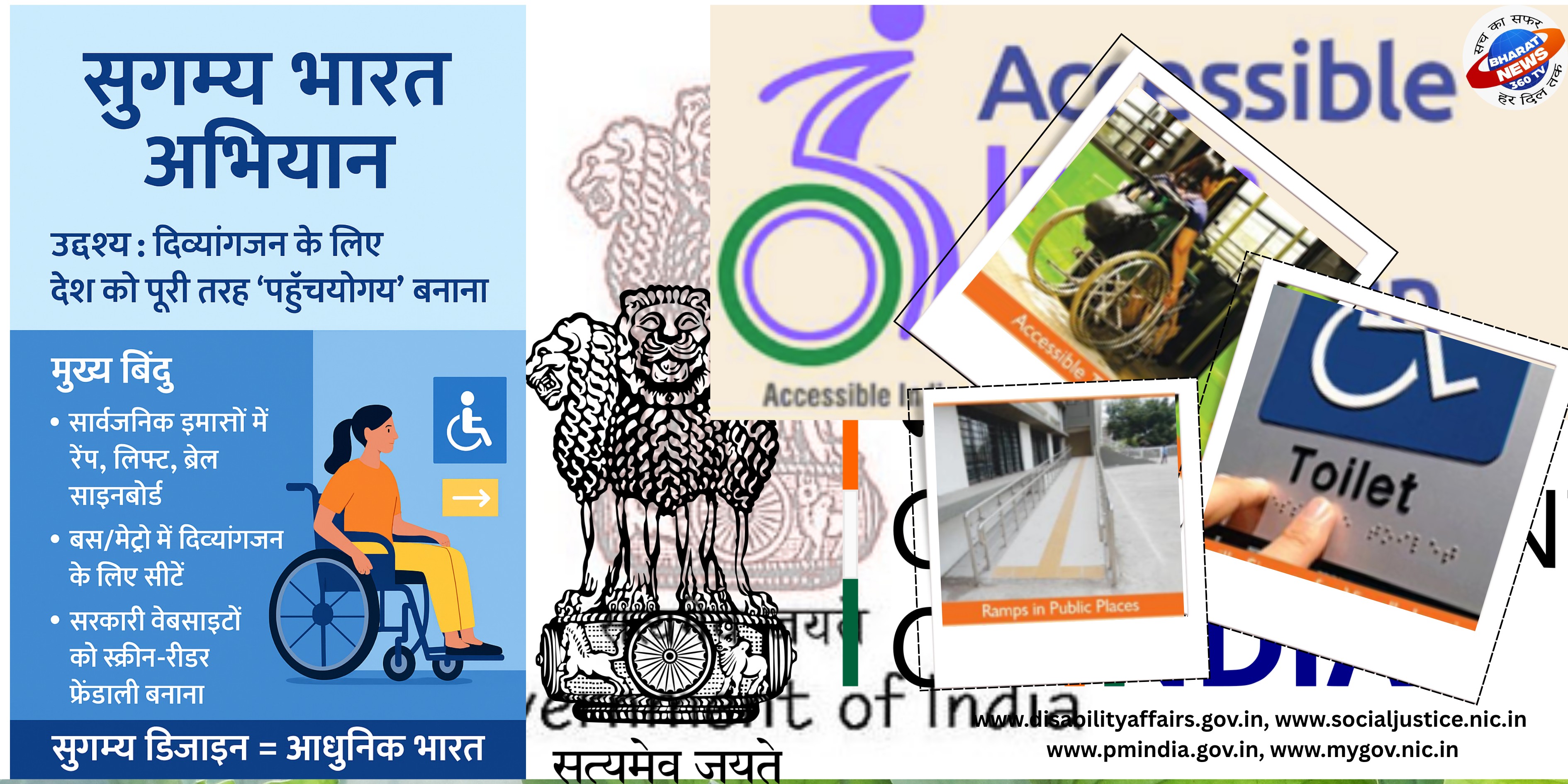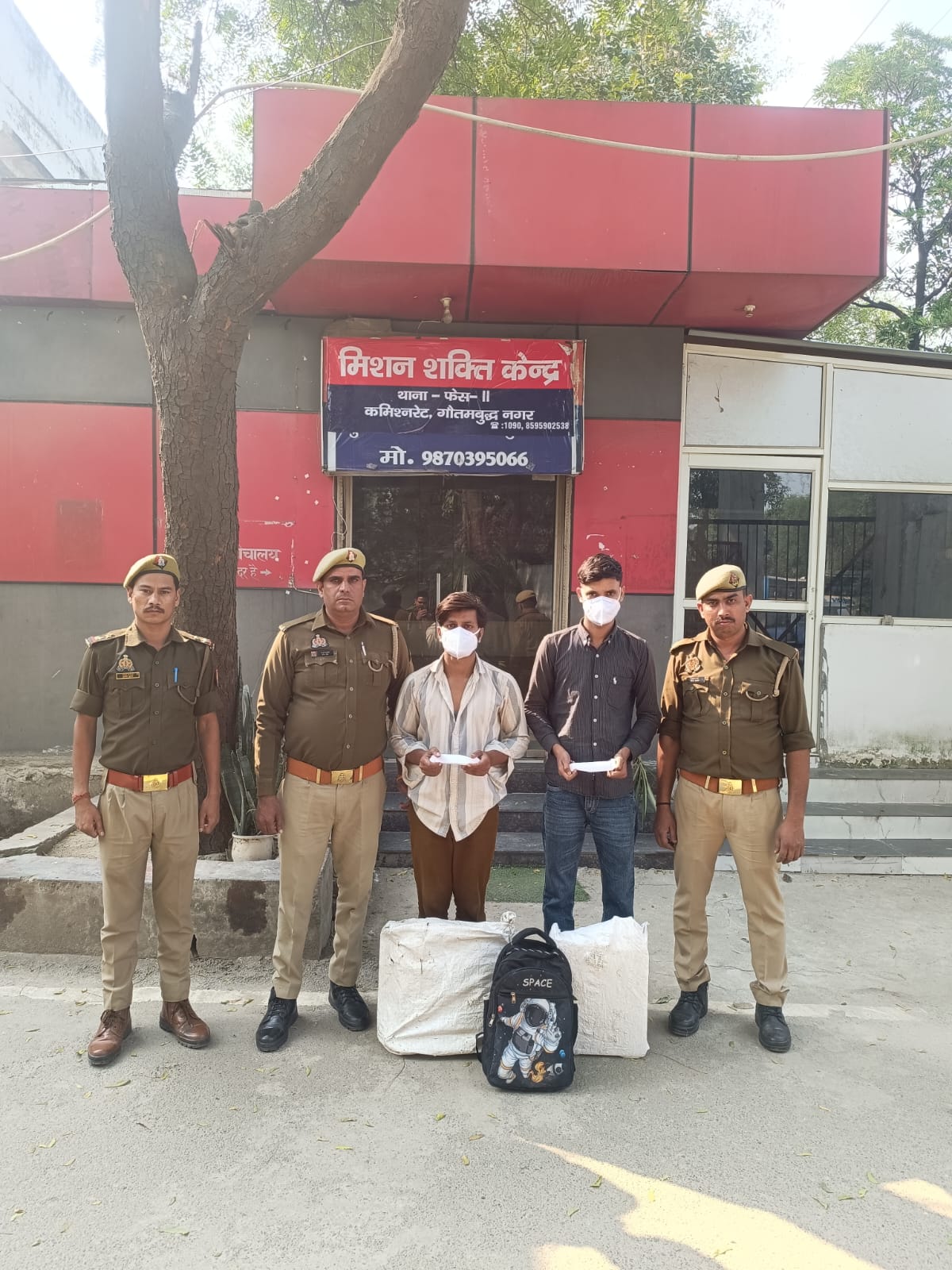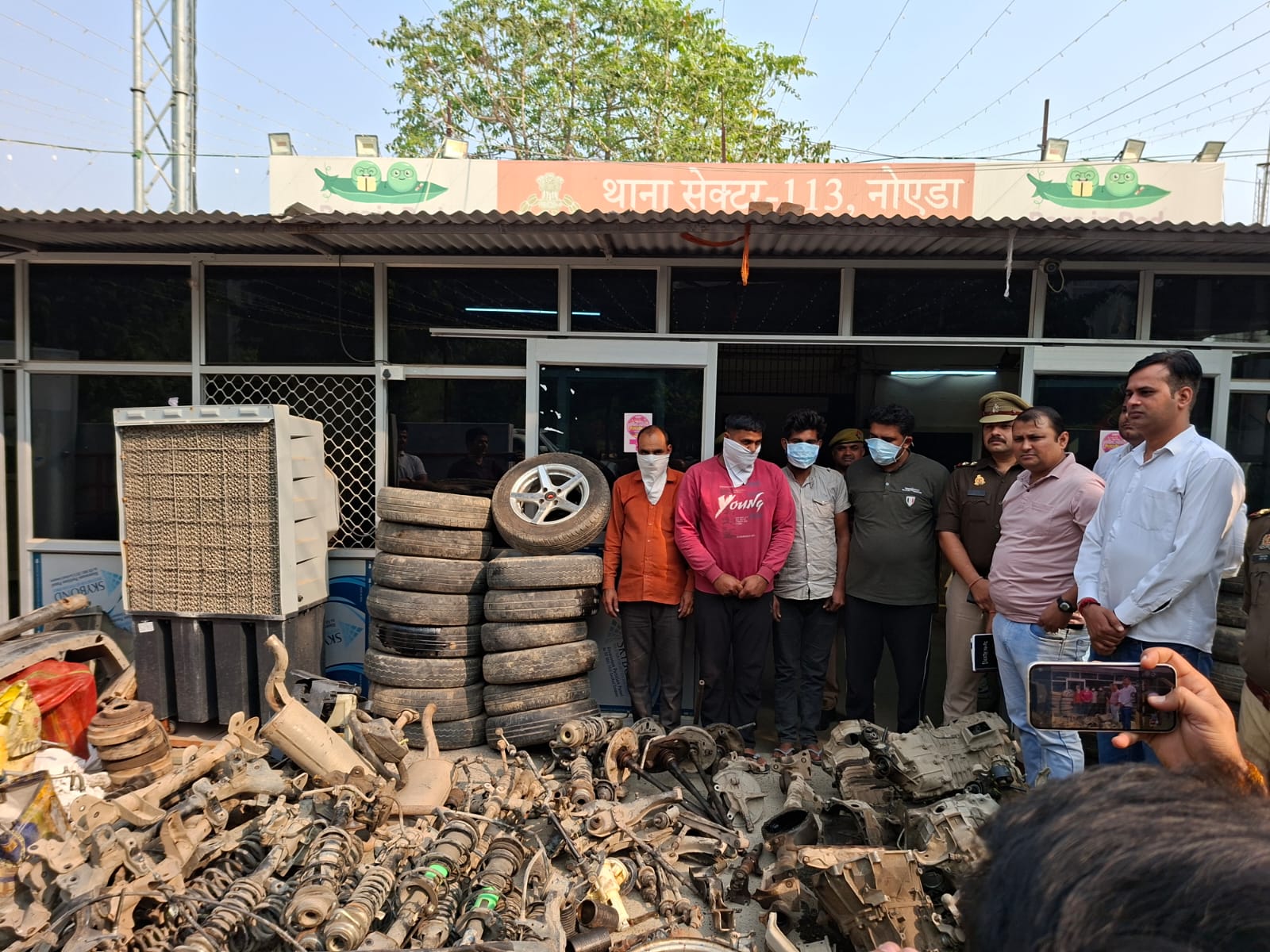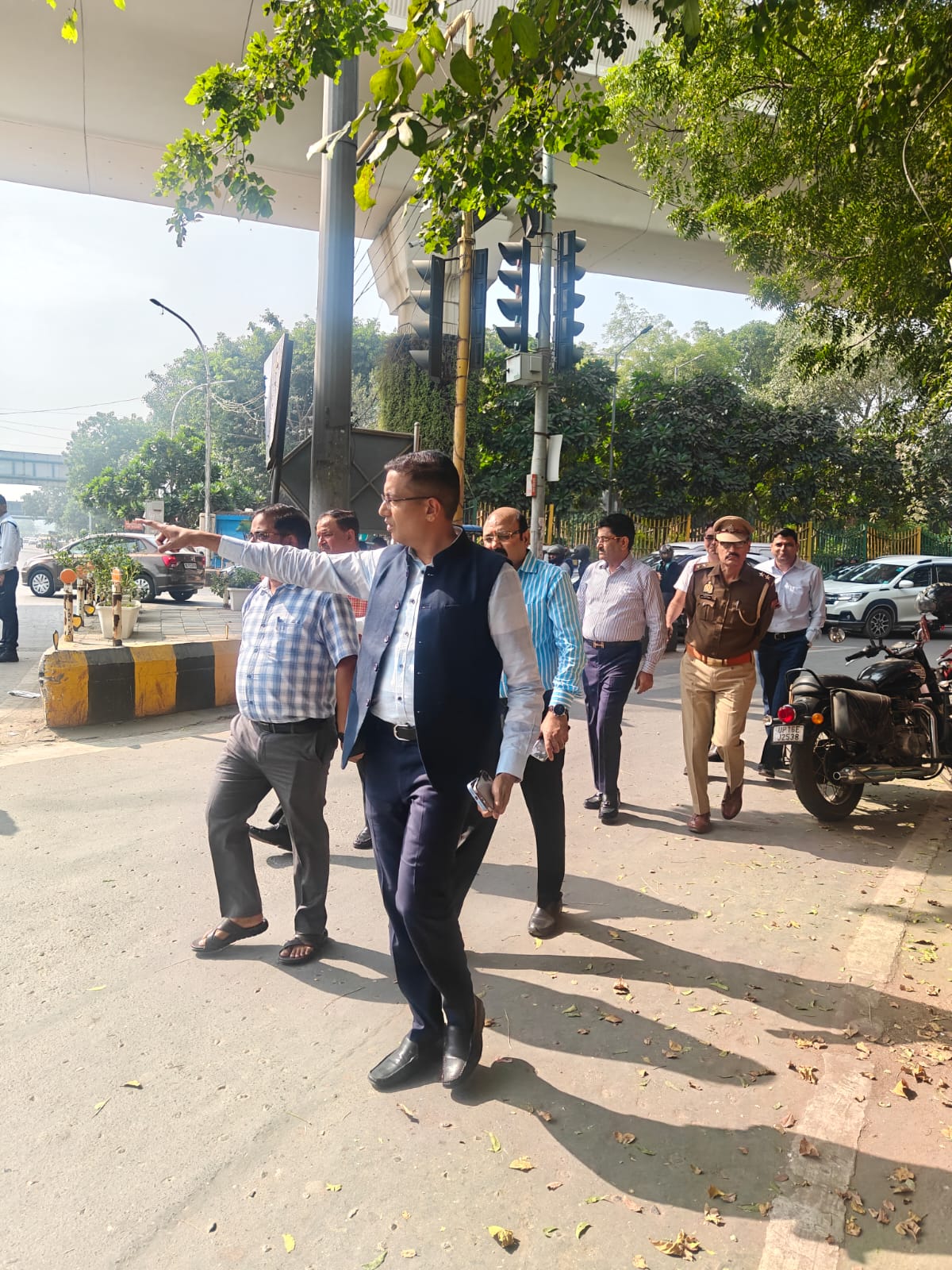भारतीय लोकतंत्र में नौकरशाही की भूमिका अत्यधिक महत्वपूर्ण है। यह प्रशासनिक ढांचा न केवल सरकार के नीतिगत निर्णयों को लागू करने का कार्य करता है, बल्कि जनसेवा के उद्देश्यों को भी साकार करता है।
Indian
Bureaucracy: Need for Reform and Future Direction
The role of bureaucracy
is extremely important in Indian democracy. This administrative structure not
only implements the policy decisions of the government but also realizes the
objectives of public service. However, over time, many challenges and problems
have emerged in the Indian bureaucracy. The main reason for this is its complex
structure, lack of accountability, corruption, and decline in efficiency. The
purpose of this article is to analyze the current state of the Indian
bureaucracy and discuss possible measures to reform it.

History and Structure
of Indian Bureaucracy
The history of Indian
bureaucracy begins from the British period, when it was established as the
Indian Civil Service (ICS). After independence, it was divided into various
services such as the Indian Administrative Service (IAS), Indian Police Service
(IPS), and Indian Foreign Service (IFS). Although the objectives changed, its
basic structure and functioning remained largely influenced by colonial rule.
After independence, the purpose of the Indian bureaucracy was to serve the
public, implement government schemes, and maintain law and order. But,
gradually problems like inertia, inefficiency and corruption have arisen in it,
due to which its image has been tarnished.
Challenges of the
current Indian bureaucracy

1. Corruption:
One of the biggest
problems of Indian bureaucracy is corruption. This problem exists at every
level of the country, whether it is the central government or the state
governments. Cases of bribery, irregularities, and personal gain in policy
decisions by bureaucrats are often reported. Corruption not only weakens the
administrative structure but also reduces the confidence of the public.

2. Lack of
accountability and transparency
Lack of accountability
is another big problem in Indian bureaucracy. The high position of bureaucrats
and the lack of scrutiny of their actions often give them an opportunity to
escape accountability. Lack of transparency leads to serious flaws in the
implementation of government schemes and policies, due to which the benefits do
not reach the lower sections of the society.

3. Red-tapism
Red-tapism or complex
processes of bureaucracy is also a big problem. The processes from policy
making to their implementation take a lot of time, due to which the general
public gets the benefits of government schemes late. Along with this,
development work is delayed due to complex processes and documentary
formalities.

4. Lack of efficiency
Over time, a lack of
efficiency has been observed in the Indian bureaucracy. Due to this, the
implementation of government schemes slows down, and as a result, the public does
not get the benefits. Lack of proper training among bureaucrats and the absence
of necessary reforms in their functioning also make this problem more serious.

5. Political
interference
Political interference
is also a big problem in the Indian bureaucracy. Bureaucrats are forced to take
wrong policies and actions by putting political pressure on them. This type of
interference ends the independence of the administrative structure, and it
directly affects the service of the public.
Steps to be taken towards
reform
Need for reform in
Indian bureaucracy can no longer be ignored. Several important steps can be
taken to increase the efficiency of the administrative system and
accountability to the public:

1. Ensuring
accountability
There is a need to establish
a strict monitoring mechanism to ensure accountability of bureaucrats. An
independent body should be established to review their actions, which ensures
that they are discharging their responsibilities properly. Also, if any officer
is found involved in corruption or dereliction of duty, then quick and strict
action should be taken against him.

2. Increasing
transparency
There is a need to
further strengthen the Right to Information (RTI) Act to increase transparency
in government processes. Information about the actions and decisions of
bureaucrats should be easily available to the public. Along with this,
information about government works and schemes should be made available online
through e-governance, so that the public can see for themselves how the schemes
are being implemented.

3. Strict punishment
for corruption
There should be a
provision for strict punishment in cases of corruption. Institutions like
Lokpal and Lokayukta should be further empowered so that they can take quick
and effective action against corrupt bureaucrats. Apart from this,
technological measures can also be used to tackle corruption, such as biometric
system, digital payment and online monitoring system.
4. Reduction in red tape
There is a need to simplify and speed up government processes. For
this, by eliminating red tape, processes can be made digitally efficient. Apart
from this, to speed up the implementation of government schemes, bureaucrats
should be given more powers and resources, so that they can take decisions
independently and complete the tasks faster.

5. Training and capacity building
To increase the
efficiency of bureaucrats, they should be given regular training. With changing
times, it is necessary to develop new skills and techniques, so that they can
face modern challenges. For this, the government should start comprehensive
training programs for bureaucrats, in which the latest technologies and
management skills are taught.

6. Preventing political interference
Indian bureaucracy
should be allowed to function independently. The process of appointment and
transfer of administrative officers should be made transparent to reduce
political interference. Along with this, an independent commission can be
formed to protect bureaucrats from political pressure.
Global examples of
bureaucratic reform
Successful examples of
bureaucratic reform are found in many countries of the world. For example,
Singapore's bureaucracy is famous for its transparency, efficiency, and accountability.
There, government schemes and policies are implemented quickly and correctly,
due to which the people there have deep faith in the administration. Similarly,
South Korea and Sweden have also taken many important steps to reform their
bureaucracy. Corruption is strictly monitored in these countries, and a strict
monitoring mechanism has been implemented to fix the accountability of
bureaucrats.
Conclusion
Taking steps towards
reforming the Indian bureaucracy is now the need of the hour. Indian democracy
can be strengthened only by promoting transparency, accountability, and
efficiency in the administrative structure. For this, the government needs to
take tough decisions so that the public's faith in the administration can be
restored. A strong and accountable bureaucracy is the key to the country's
development. When bureaucrats work with full dedication and honesty, not only
will government schemes be implemented properly, but its benefits will also
reach every section of the society. Let us envision a bureaucracy that is
corruption-free, accountable, and always ready to work in public interest. For
the success of Indian democracy, it is very important that every part of our
bureaucracy is based on the principles of transparency and accountability.





